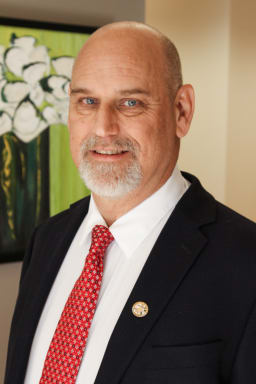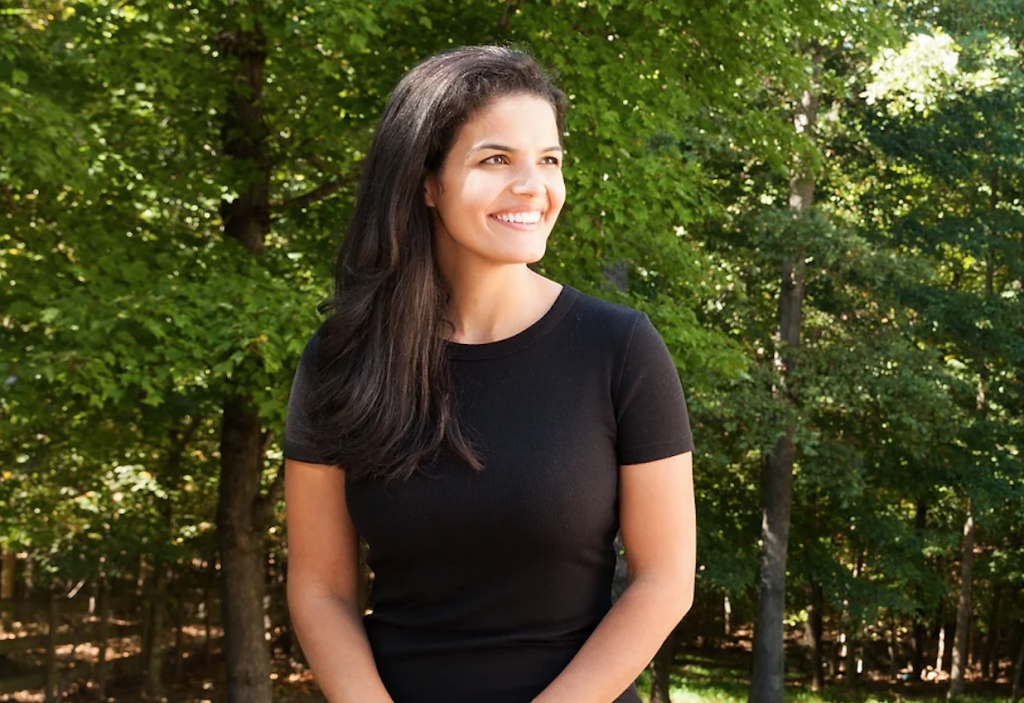In light of the ongoing protests against police brutality and systemic racism, school districts across the country have cut ties with police—including here in Charlottesville.
On June 11, Charlottesville City Schools announced it was discontinuing its memorandum of understanding with the Charlottesville Police Department, ending its current school resource officer program. Instead, the district says it will put the $300,000 allocated for its four SROs toward a new “school safety model.” Albemarle County Public Schools will also reexamine its relationship with police.
The decision was a hot topic during the city’s school board meeting, held later that evening. Many parents, teachers, and other community members hopped on the Zoom call, and all but one voiced their support of the decision to end the memorandum.
“The removal of SROs is an evidence-based decision,” said Christa Bennett, who has two children in the school district. “There is no evidence that they prevent more violence than they cause, and in some cases, [they] are contributing to a school-to-prison pipeline:” higher rates of suspensions, expulsions, and arrests for students of color (though they do not misbehave more than their white peers).
When her child attended Jackson-Via Elementary, Robin Francis claimed she witnessed this violence firsthand, when an SRO got physical with a small black child unnecessarily on two occasions. As a person of color, the incidents were “terrifying” for Francis to watch, and reinforced her belief that SROs “do not encourage a sense of community—[but] create a sense of fear.”
Putting police in schools has had a “direct effect on [the] educational progress, and mental and physical health” of black students, added Amy Woolard, an attorney at the Legal Aid Justice Center. Studies show police presence causes a drop in test scores, high school graduation rates, and college attendance rates for young African Americans, among other negative consequences.
Over the summer, the school board plans to host several feedback sessions, during which it will get input from the community, and the new program will be implemented by August 19, when the new school year begins.
While it remains unclear what the program will look like, CCS school board member Lashundra Bryson Morsberger hopes it will be supportive, rather than punitive, and thinks a lot more black counselors, social workers, and other support staff should be hired.
“Police in schools only serves to expose black children to the criminal justice system at a time when they should be able to make mistakes and learn from them, instead of being put into the system,” she says. “Security and safety can be accomplished in many ways, but it has to start with people from this community who know our kids and live in the same communities and neighborhoods.”
Leading up to its decision to dump the memorandum of understanding, CCS received hundreds of emails from students, parents, teachers, activists, and other community members calling for the removal of SROs, according to CCS Superintendent Dr. Rosa Atkins. Its equity committee, along with individual school board members, also reached out to many people and organizations to get their thoughts, both positive and negative.
Supporters of SRO programs argue that they keep schools safe, and help build relationships between students and law enforcement, which can prevent crime and acts of violence.
“On several occasions, the school resource officers were enlisted to ensure [my daughter’s] safety,” said Laura Brown, the only person who spoke against CCS’ removal of SROs during Thursday’s meeting. As Brown and the staff at Burnley-Moran Elementary worked to develop a treatment plan for her daughter, who is mixed race and has special needs, “the SROs were nothing but positive with her and provided her with much-needed security and reassurance.”
Others see the programs as a waste of money, among other criticisms. According to the Justice Policy Institute, most situations involving SROs can be handled by school officials. Though SROs have been ushered into nearly half of the nation’s schools to prevent mass shootings, they’ve also been present at many of the schools where shootings have occurred.
Many, including the Charlottesville Black Lives Matter chapter, have called on CCS to use the extra $300,000 to hire more teachers and counselors—particularly those of color. It could also fund the recently eliminated elementary Spanish program and other positions that were cut, suggested several parents.
After receiving numerous messages from the community calling for the removal of cops from schools, the Albemarle County School Board discussed its SRO program during its meeting Thursday evening. But ACPS plans to finish revising its memorandum of understanding with the Albemarle County Police Department, and may conduct an independent review of the program before moving forward with a decision, as suggested by the district’s Superintendent Matt Haas.
While the county school board agreed to discuss the issue again during its June 18 meeting, most of its members, including Judy Le and Katrina Callsen, supported removing the district’s five SROs, and funding mental health resources.
“I hear our black brothers and sisters, some of whom have been risking their lives in the streets for weeks to protest the generations of trauma from overpolicing and brutality,” said Le, who represents the Rivanna District. “How can being faced with the embodiment of that trauma every day make for a safe and positive learning environment?”
“When I’ve asked questions about it in our division, I’ve been assured that there are infrequent arrests made in our schools, which is great,” she added. “But it leads me to ask: ‘Why do we have the SROs at all? Why are we paying $265,000 for them each year?’”
____________
How much do cops cost kids?
By Ben Hitchcock
Charlottesville City Schools and the Charlottesville Police Department have discontinued the school resource officer program, which means that the $300,000 the schools were paying the police department can now be put toward other ends.
The school district’s total budget is well over $80 million, so $300,000 for cops in schools might not seem like much. But vast portions of those millions are tied up in fixed costs like real estate and building maintenance. The actual, everyday experience of students is determined, in large part, by budget decisions made on the margins.
For example, earlier this year, when the coronavirus’ economic downturn forced the district to tighten its budget by $1.16 million, CCS decided to cut, among other things, the entire elementary school Spanish program. Eliminating Spanish for elementary schoolers saved city schools $500,340.
The school district’s preliminary funding request for the 2020-21 fiscal year, released in January, gives a loose sense of the district’s aspirations, and also how much those aspirations might cost. CCS and the city spent the ensuing months haggling over whether these additions would be possible. This isn’t meant to suggest that the elimination of the SRO program means these positions will be filled, but the numbers below show the scale of the SRO program in comparison to the district’s other unfulfilled needs.
$300,000
School resource officers program
$97,076
Engineering teacher for Buford
$97,076
English language learners teacher
$75,820
Specialist for annual giving to solicit donations from affluent town residents
$43,470
Part-time orchestra teacher for Walker Upper Elementary
$41,525
Support for social-emotional learning program at Clark Elementary
$16,250
Art supplies
Updated 6/15














